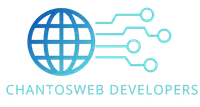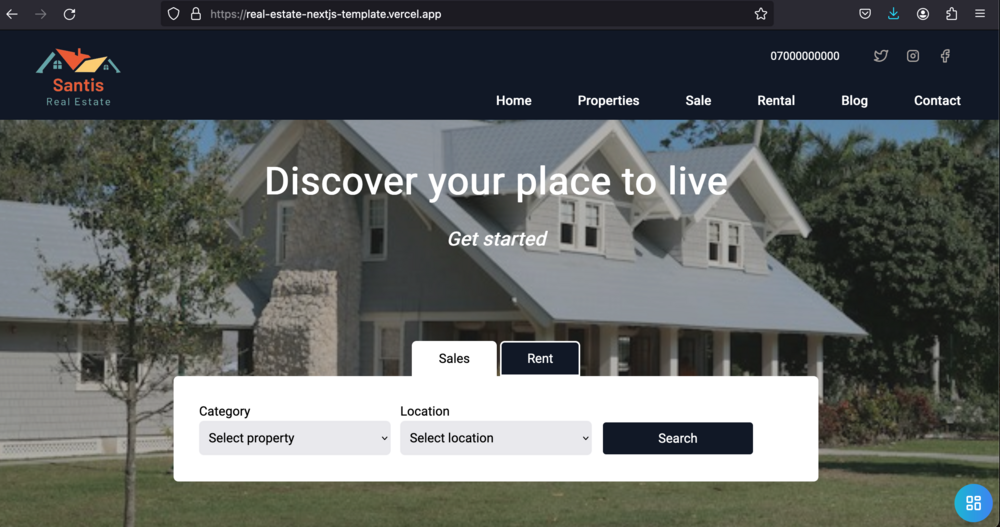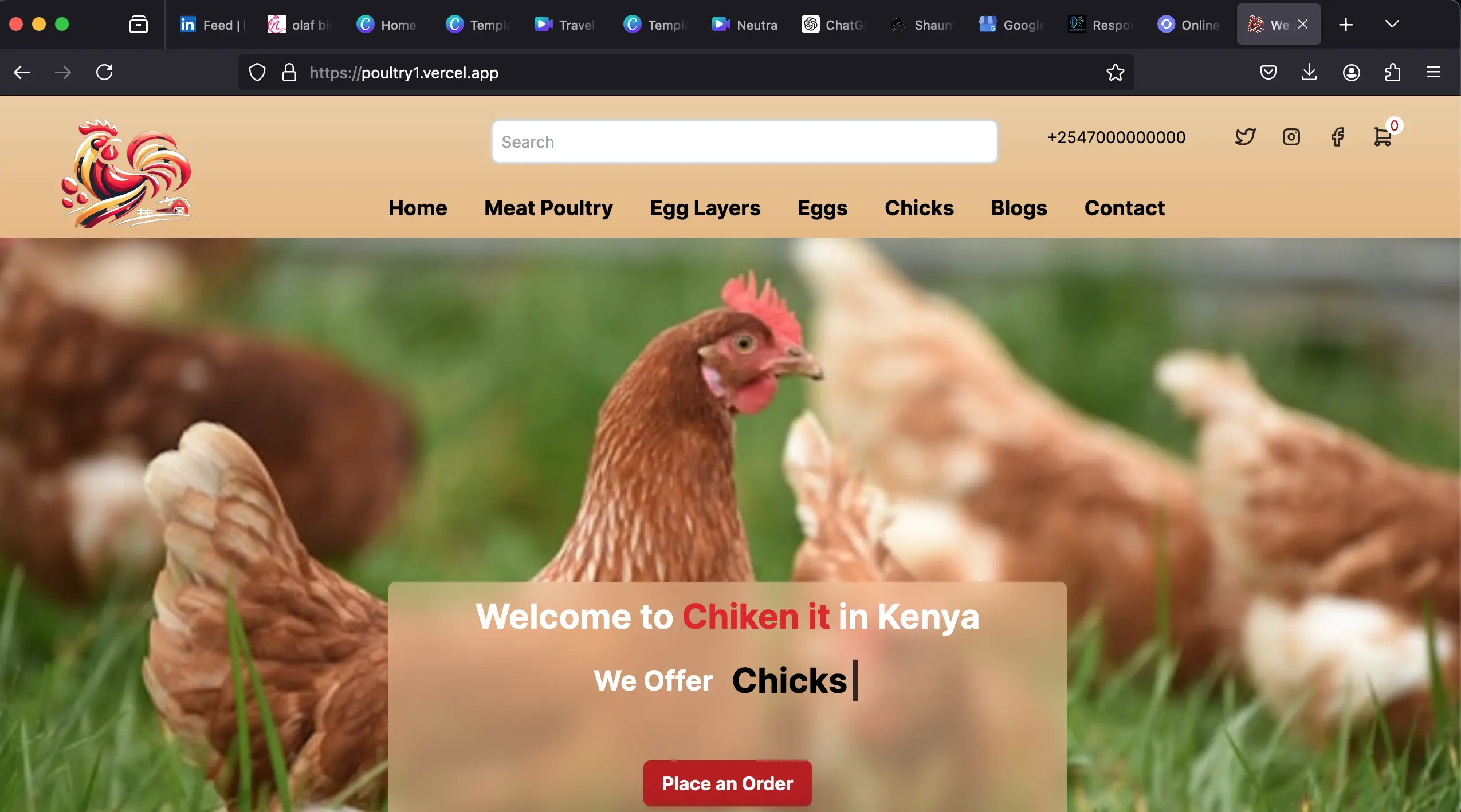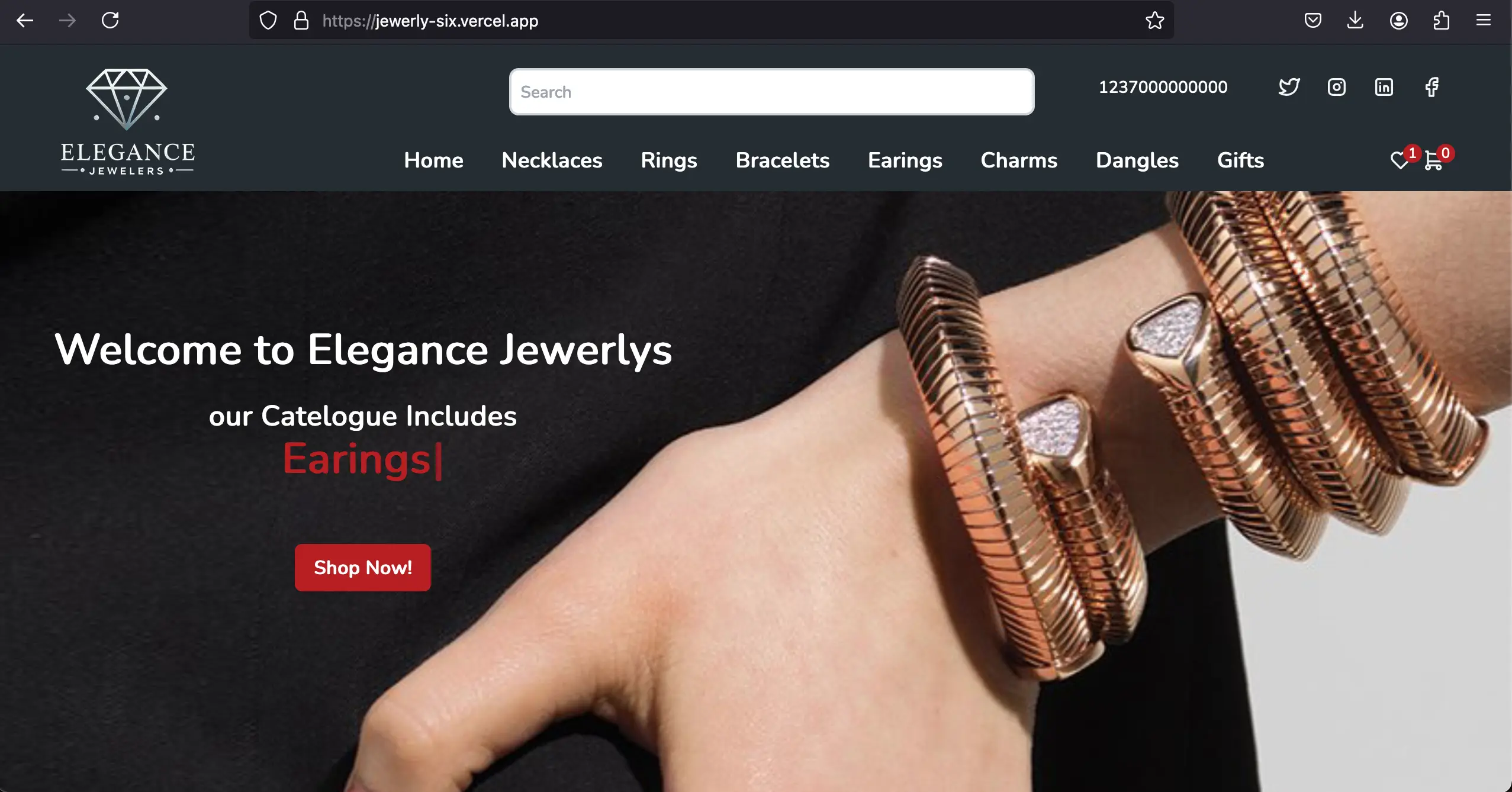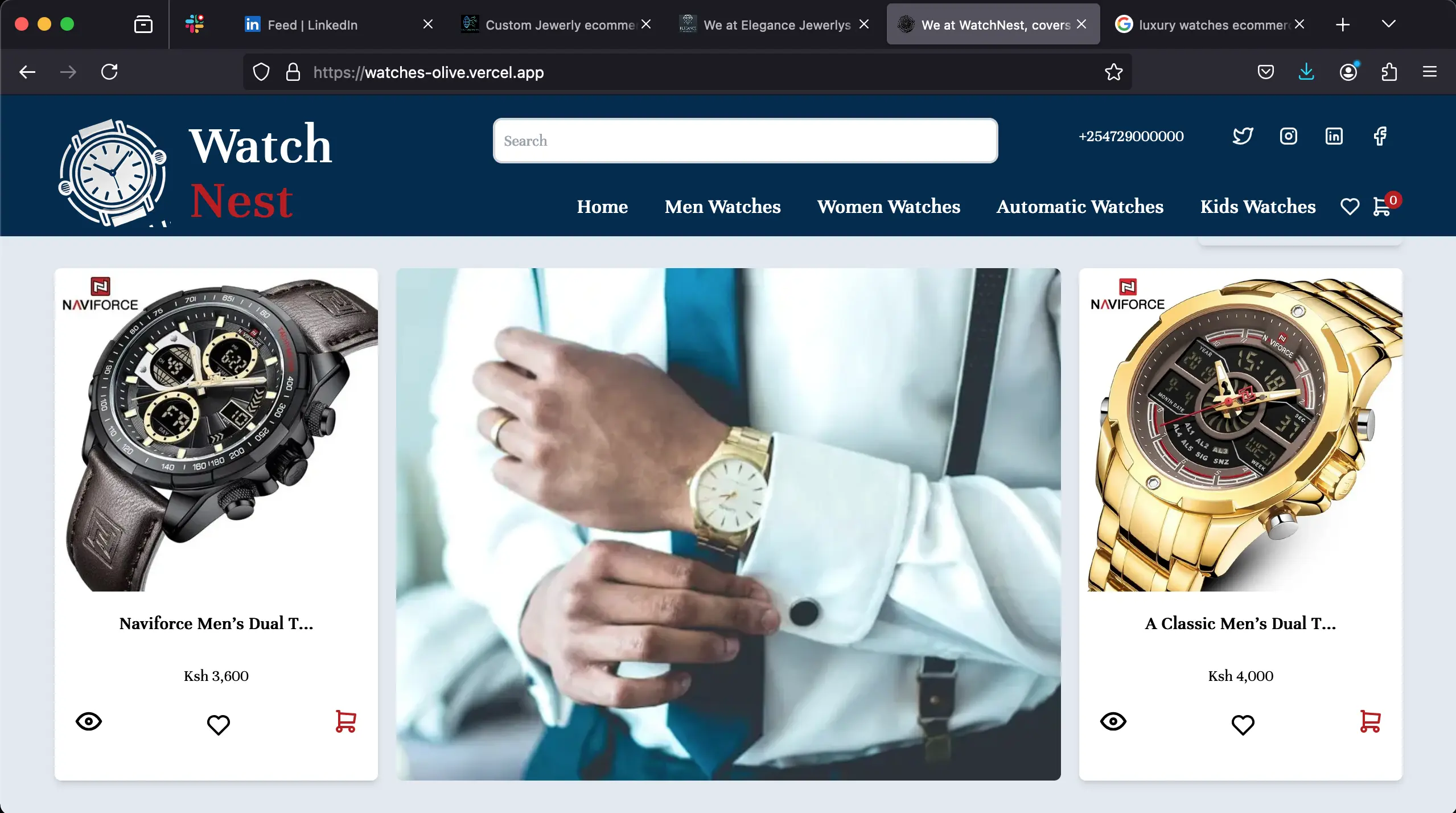
Custom vs. Template: The Growth-Critical E-commerce Platform Choice
Imagine your dream house. You could move into a stylish, pre-built model home. It looks great, has all the basics, and you can move in next week. Or, you could design and build a custom home, tailored precisely to your family's unique needs, lifestyle, and future plans. It takes longer, costs more upfront, but it fits you perfectly and can evolve as your family grows.
Your e-commerce platform is the foundation of your online business – your digital "storefront," warehouse, and sales team rolled into one. Choosing between a ready-made template solution (like Shopify Plus, BigCommerce Enterprise, Adobe Commerce Cloud) and a fully custom-built platform isn't just a technical decision; it's a fundamental strategic choice impacting your growth trajectory, agility, and ultimately, your bottom line for years to come.
This isn't about finding the "best" platform universally. It's about finding the right strategic partner for your unique business vision, ambitions, and operational complexities. Let's break down this critical decision beyond the hype, focusing on what truly matters: sustainable, scalable growth.
The Allure of the Template: Speed & Simplicity (But Mind the Ceiling)
Template platforms (SaaS - Software as a Service) are incredibly popular, and for good reason:
- Lightning-Fast Launch: Get up and running remarkably quickly. The core infrastructure, security, and basic features are pre-built.
- Predictable Costs (Initially): Monthly subscriptions are clear and often include hosting, basic security, and updates. Lower initial investment.
- Ease of Use: Designed for non-technical users. Adding products, managing basic promotions, and handling orders is usually straightforward.
- Built-in Features & Apps: Access a vast marketplace of plugins and apps to add functionality (inventory management, email marketing, loyalty programs).
The Growth Trap: This ease comes with inherent limitations that become glaringly obvious as you scale:
- The "Box" You Live In: You are fundamentally constrained by the platform's architecture and available features/apps. Want a truly unique customer journey, a bespoke subscription model, or deep integration with a proprietary internal system? If the platform or an app doesn't support it natively (or cleanly), you're often out of luck, facing clunky workarounds or abandoning the idea.
- Scalability Ceilings: While platforms tout scalability, your specific implementation might hit walls. High traffic surges, complex database queries, or unique inventory management needs can strain the shared environment, leading to slowdowns or outages during peak times – precisely when you can least afford it.
- Cost Creep: While the base fee seems manageable, costs escalate quickly. Premium apps, transaction fees (on some platforms), required workarounds developed by agencies, and fees for exceeding bandwidth or API call limits can turn "predictable" into "surprisingly expensive."
- The "Sameness" Factor: Relying heavily on standard themes and popular apps can make your store look and feel generic, struggling to stand out in a crowded market. Brand differentiation becomes harder.
- Vendor Lock-in & Control: You own your data (usually), but your store's functionality and future are deeply tied to the vendor's roadmap, pricing changes, and technology stack. Migrating away later can be a monumental, costly task.
Template Verdict: Ideal for businesses with straightforward models, predictable growth, limited need for deep customizations or unique tech integrations, and where speed-to-market is the absolute top priority. Great for testing a concept or scaling moderately within known boundaries. But beware the growth ceiling.
The Power of Custom: Building Your Growth Engine (Invest Wisely)
A custom e-commerce platform is built from the ground up, specifically for your business requirements, using technologies chosen by your development team. Think of it as constructing that bespoke dream home on your own land.
- Unparalleled Flexibility & Uniqueness: Every single feature, user flow, integration, and design element is built to your exact specifications. Want a revolutionary product configurator? A seamless B2B portal integrated with your ERP? A hyper-personalized loyalty program algorithm? It's all possible. This is your ultimate competitive moat.
- True Scalability & Performance: Built for your expected traffic patterns and complex operations from day one. You control the infrastructure (cloud or on-premise), allowing optimization for peak loads and complex processes, ensuring a consistently smooth customer experience even during massive sales.
- Optimized Long-Term Costs (Potentially): While the initial investment is significantly higher, you eliminate ongoing platform licensing fees and the "app tax." You pay for development and infrastructure, but you own the asset. Over 5-7+ years, the TCO (Total Cost of Ownership) can become very favorable compared to escalating SaaS fees for a complex enterprise on a template platform.
- Seamless Ecosystem Integration: Deep, native integrations with your existing CRM, ERP, PIM, WMS, or any proprietary systems become core functionality, not bolted-on afterthoughts. Data flows freely, eliminating silos and manual work.
- Future-Proof Foundation: You control the technology stack and roadmap. Adapting to new market trends, technologies (like advanced AI personalization), or changing business models is significantly easier when you aren't waiting for a vendor to release a feature or approve an app.
- Ultimate Brand Expression: Every pixel and interaction reinforces your unique brand identity, creating a memorable and differentiated customer experience impossible to achieve fully with templates.
The Custom Caveats:
- Significant Upfront Investment: Requires substantial capital for design, development, testing, and infrastructure setup.
- Longer Time-to-Market: Building takes time. Expect months, not weeks, to launch a robust platform.
- Ongoing Maintenance & Expertise: You need an internal team or a reliable partner for maintenance, security updates, bug fixes, and future enhancements. This is an ongoing responsibility.
- Finding the Right Partner: Success hinges on choosing a development agency with deep e-commerce expertise, a proven track record, and the ability to understand your business vision, not just write code.
Custom Verdict: The strategic choice for businesses with complex operations, unique business models, ambitious growth targets, a strong brand identity demanding unique expression, deep existing system integrations, or those operating in highly competitive niches where differentiation is paramount. It's an investment in owning your growth engine.
The Hybrid Horizon: Best of Both Worlds?
Sometimes, the answer isn't purely one or the other. Hybrid approaches are emerging:
- Composable Commerce (MACH - Microservices, API-first, Cloud-native, Headless): Leverage best-of-breed SaaS services (CMS, search, payment, PIM) via APIs, connected to a custom-built commerce "core" or orchestration layer. Offers flexibility like custom but leverages specialized SaaS solutions for specific functions. Requires significant technical expertise to implement and manage.
- Highly Customized Enterprise Template: Using a robust platform like Adobe Commerce (Magento) or Salesforce Commerce Cloud as a foundation but investing heavily in deep customizations, unique front-ends (headless), and complex integrations. This pushes the boundaries of the template but still lives within its ultimate constraints.
Hybrid models offer flexibility but add complexity in integration and management. They represent a significant investment, often closer to custom than template in scope.
Making Your Strategic Decision: Key Questions to Ask
Forget generic comparisons. Ask yourself these growth-focused questions:
- What is Truly Unique About Our Business Model? (Complex B2B pricing? Subscription boxes with heavy customization? Unique bundling? Deep wholesale integration?) If "very unique," lean custom.
- How Critical is Seamless Integration? (Do we have complex ERP, WMS, CRM, or legacy systems that must talk flawlessly to the store?) If "mission-critical," lean custom.
- What is Our Growth Ambition? (Aiming for 10x in 3 years? Entering new markets with different needs?) If "aggressive and complex," lean custom.
- How Important is Brand Differentiation? (Is standing out visually and experientially a core part of our value proposition?) If "paramount," lean custom.
- What is Our Tolerance for Constraints? (Can we achieve 90% of our needs with available apps/workarounds, accepting the 10% gap?) If "low tolerance," lean custom.
- What is Our Budget & Timeline Reality? (Do we have the capital and patience for a custom build, or is immediate revenue generation essential?) If "need speed/limited budget," template might suffice initially, but plan for future migration costs.
- Do We Have/Can We Access the Expertise? (Internal IT team? Trusted development partner?) Custom demands this; templates require less.
The Cost of Indecision (The Hidden Need)
Delaying this strategic decision or choosing the expedient path over the right path has a real cost:
- Missed Opportunities: Inability to launch innovative features quickly, losing ground to more agile competitors.
- Growth Bottlenecks: Platform limitations stifling marketing campaigns, sales expansions, or operational efficiency, capping your revenue potential.
- Operational Friction: Manual workarounds and disjointed systems eating into profits and employee morale.
- Brand Dilution: A generic shopping experience failing to build lasting customer loyalty.
- Costly Migrations Later: Moving from a template to custom (or even between templates) at scale is complex, expensive, and risky.
The Elegant Advisory:
Think beyond today's cart. Your e-commerce platform is the digital bedrock of your future. Choosing a template is like leasing prime retail space in a bustling mall – convenient, fast, but you play by the mall's rules and renovations. Choosing custom is like buying and developing your own landmark property – a significant investment, but you control the design, the experience, and reap the long-term equity.
For Sustainable, Scalable Growth:
- If your model is standard, your growth moderate, and differentiation comes primarily from product/marketing, a robust template platform can be a powerful, efficient launchpad. Choose strategically within this category.
- If complexity, uniqueness, deep integration, aggressive scaling, or owning your competitive advantage defines your path, custom development is the strategic investment that unlocks limitless potential. Partner wisely.
Don't just build a store. Build a growth engine. Choose the foundation that won't just hold your business today, but propel it into the future you envision. The right strategic decision now isn't an expense; it's your most crucial investment in long-term dominance. The need for a platform that grows with you, not one you outgrow, is the silent imperative every ambitious e-commerce leader faces. Address it strategically.
Our Templates
The Turnkey Commerce Suite.
Our Trending blogs










Myrachanto
I help ecommerce businesses scale faster with tech-driven SEO and high-performance web development. With 5+ years of full-stack expertise, I specialize in:
Ecommerce SEO
Optimizing product pages, structured data, and site architecture to boost organic traffic.
Blazing-Fast Stores
Building with React.js, Next.js, Qwik.js, and Golang for speed and conversions.
I write about ecommerce growth—from technical SEO to conversion-focused development—so store owners and marketers can leverage tech for real results.
